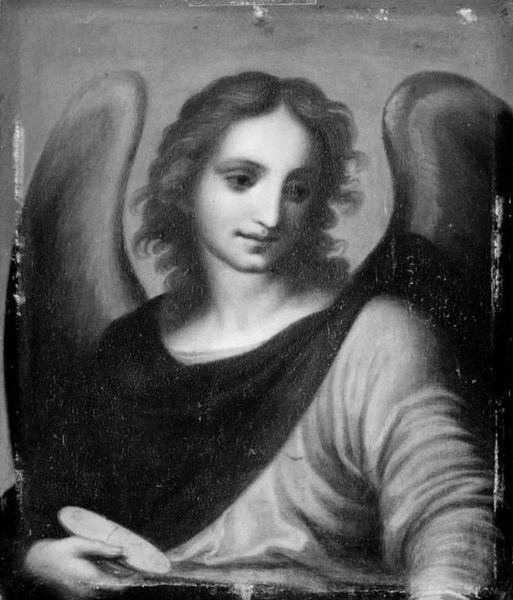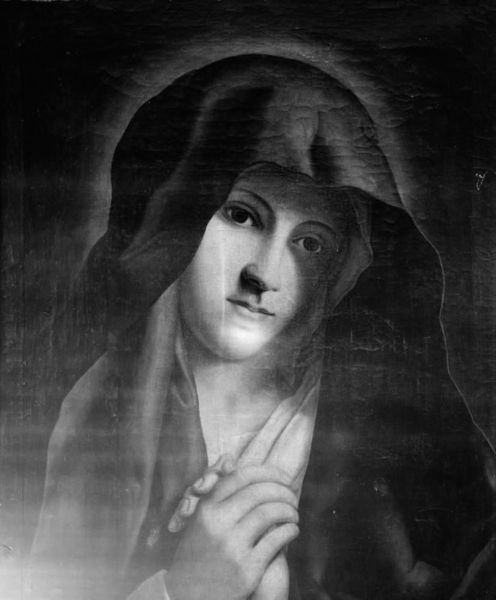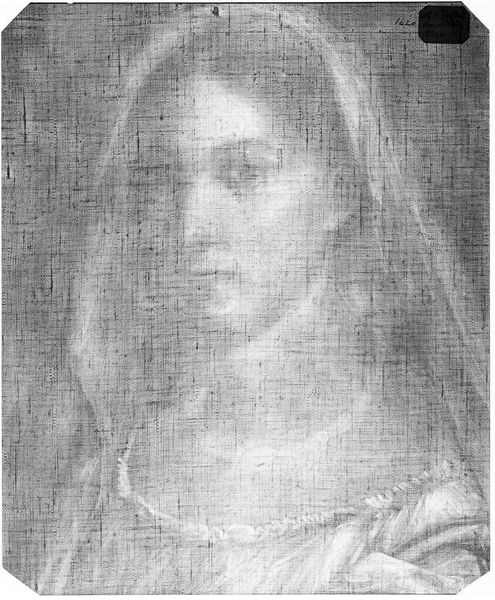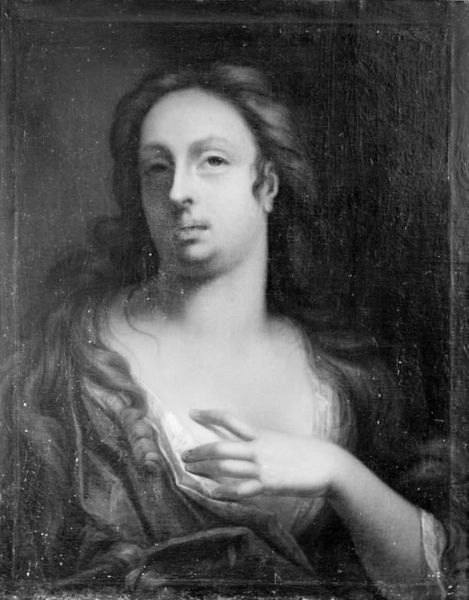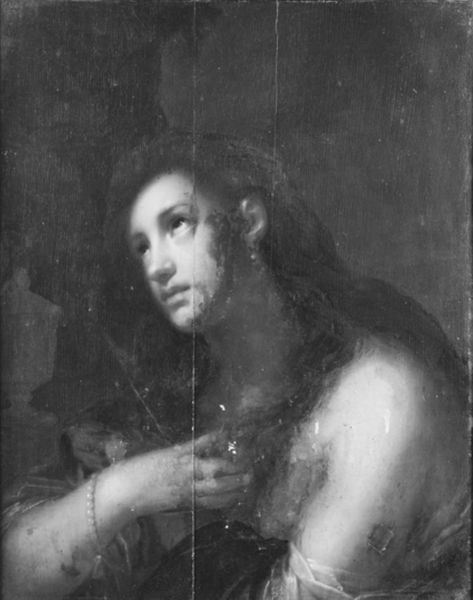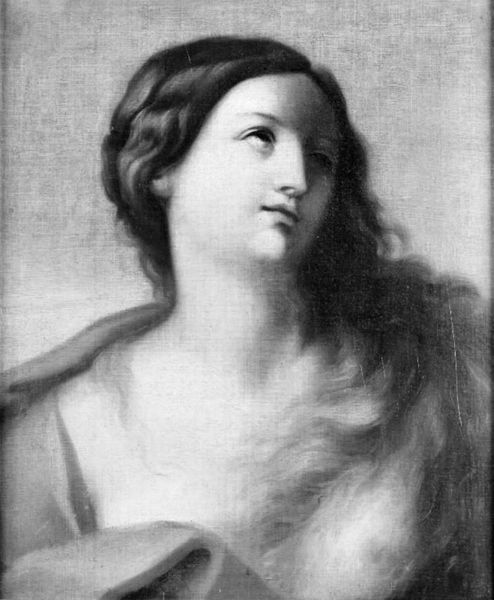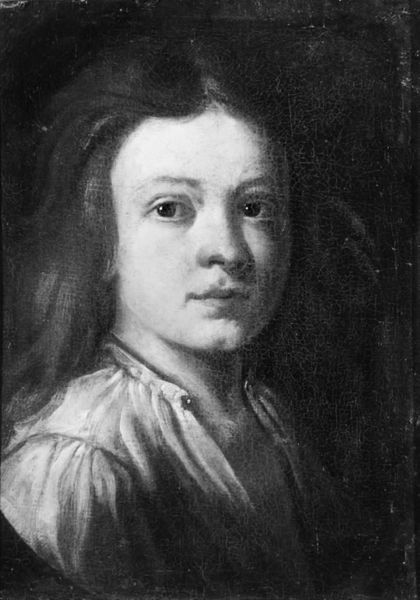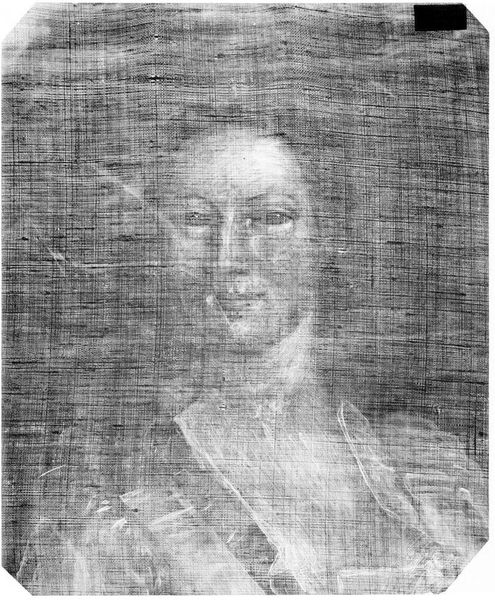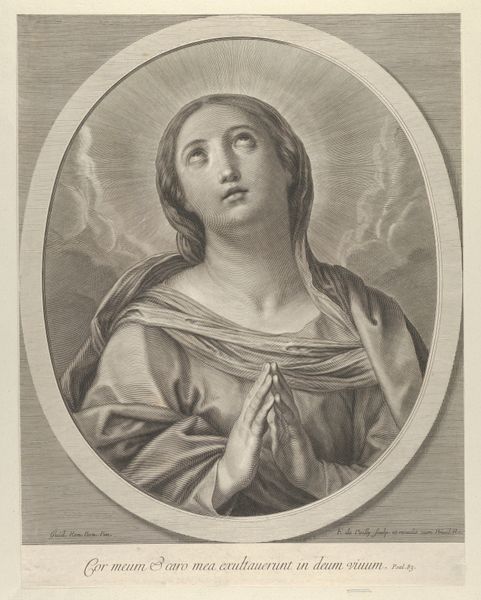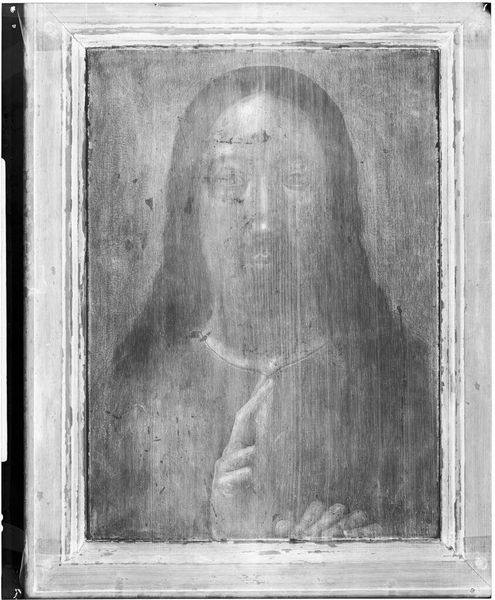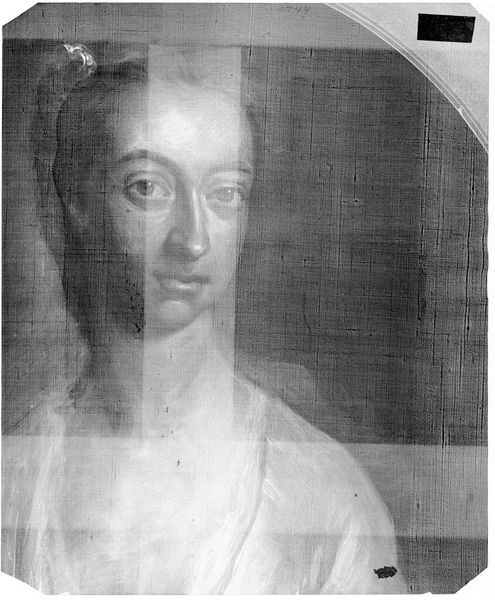
painting, oil-paint, canvas
#
portrait
#
baroque
#
portrait
#
painting
#
oil-paint
#
canvas
#
male portrait
#
portrait head and shoulder
#
chiaroscuro
#
history-painting
Dimensions: 65 cm (height) x 55 cm (width) (Netto)
Editor: So, this is Guido Reni's "Christ as Teacher," painted sometime between 1590 and 1642. It's an oil on canvas, a classic Baroque portrait. I’m struck by the almost unsettling contrast between the light on Christ's face and the dark background. It's so dramatic. How do you interpret this work, especially considering the historical context? Curator: That dramatic contrast, the chiaroscuro, is key. Reni painted this during a period of intense religious and political upheaval. Think about the power dynamics at play – the Church, patronage, and the artist's own position within that hierarchy. How might the portrayal of Christ, particularly his gaze and gesture, reflect these complex relationships? Editor: I hadn't considered it that way. It almost feels like Christ is both teaching and…judging? Like, he’s got power, but the softness in the painting seems like Reni's way of conveying religious strength with compassion rather than just power? Curator: Precisely! And consider the Baroque emphasis on emotion and movement. Does Reni achieve a sense of dynamism, or is there something more static and controlled about this depiction? Could this controlled stillness be a commentary on the expected role of religious figures at the time? Perhaps it touches the expectations of idealized perfection that can be oppressively forced onto an individual. Editor: That's a compelling point. The painting does feel deliberately composed. Curator: Think too about who this "Teacher" is for. Is this an inclusive image? Or, given the likely patrons of Reni, does this depiction speak more to existing power structures and societal expectations? Editor: It's made me think more critically about not only the artistic style but how that style communicated complex societal messages during its time. It goes deeper than brushstrokes and lighting! Curator: Exactly. It is not simply a pretty painting, but an item of active religious discourse with very intentional communication strategies related to how viewers thought about institutional authority, and faith.
Comments
No comments
Be the first to comment and join the conversation on the ultimate creative platform.
